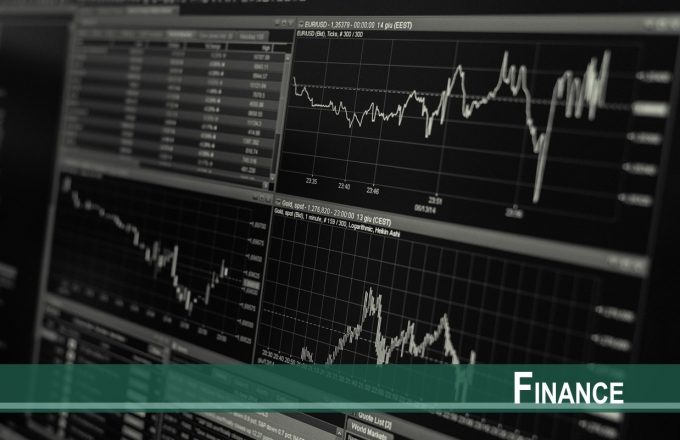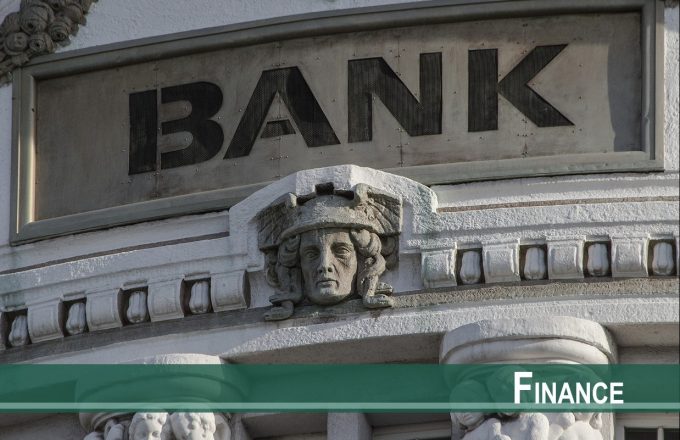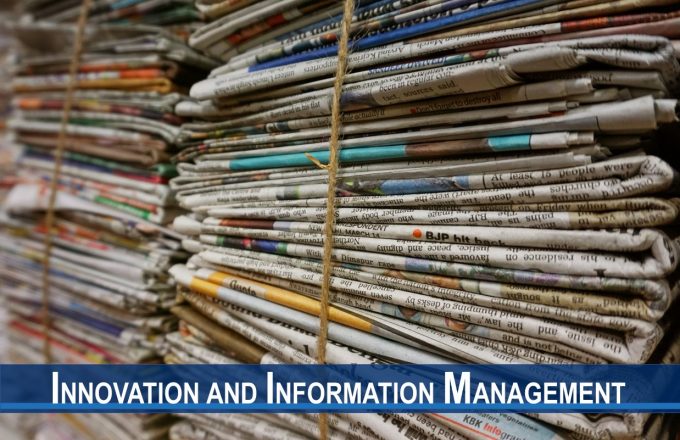Using a representative sample of credit card holders from a leading Chinese commercial bank, we investigate how consumers respond to an unexpected interest rate decrease that automatically reduces interest expenses for all mortgage borrowers in the country and thereby generates significant positive disposable-income shocks. Our difference-in-differences analysis shows that compared with homeowners without mortgage obligations, mortgage borrowers increased their monthly credit card spending by 8.7% after the 230-bps mortgage rate reduction announced in September 2008. We find a significant spending response both immediately after the announcement and during the post-reset period. The credit card delinquency rate also decreased after the mortgage rate reset. Subsequent to an interest-rate increase episode, mortgage borrowers symmetrically reduced their credit card spending. Hand-to-mouth mortgage borrowers experienced a more pronounced spending increase. The debt-service channel plays an important role in transmitting monetary policy—our estimate implies a marginal propensity to consume 0.40–0.54 through credit card spending.
May 2022
Review of Finance
Over the past millennium, China has relied on the Confucian clan to achieve interpersonal cooperation, focusing on kinship and neglecting the development of impersonal institutions needed for external finance. In this paper, we test the hypothesis that the Confucian clan and financial markets are competing substitutes. Using the large cross-regional variation in the adoption of modern banks, we find that regions with historically stronger Confucian clans established significantly fewer modern banks in the four decades following the founding of China's first modern bank in 1897. Our evidence also shows that the clan continues to limit China's financial development today.
May 2022
The Economic Journal
We develop a novel measure of volatility pass-through to assess international propagation of output volatility shocks to macroeconomic aggregates, equity prices, and currencies. An increase in country's output volatility is associated with a decrease in its output, consumption, and net exports. The average consumption pass-through is 50% (a 1% increase in output volatility increases consumption volatility by 0.5%) and it increases to 70% for shocks originating in smaller countries. The equity volatility pass-through is larger and in the order of 90%. A novel channel of risk sharing of volatility risks can explain our empirical findings.
May 2022
The Review of Financial Studies
Does a bank’s dependence on different external funding sources shape its voluntary disclosure of information? We evaluate whether economic shocks that increase the supply of bank deposits alter the cost–benefit calculations of bank managers concerning voluntary information disclosure. We measure information disclosure using 10-K filings, 8-K filings, and earnings guidance. As for the funding shock, we use unanticipated technological innovations that triggered shale development and booms in bank deposits. Further analyses suggest that greater exposure to shale development reduced information disclosure by relaxing the incentives for managers to disclose information to attract funds from external capital markets.
May 2022
Management Science
We study a risk-averse newsvendor problem where demand distribution is unknown. The focal product is new, and only the historical demand information of related products is available. The newsvendor aims to maximize its expected profit subject to a profit risk constraint. We develop a model with a value-at-risk constraint and propose a data-driven approximation to the theoretical risk-averse newsvendor model. Specifically, we use machine learning methods to weight the similarity between the new product and the previous ones based on covariates. The sample-dependent weights are then embedded to approximate the expected profit and the profit risk constraint. We show that the data-driven risk-averse newsvendor solution entails a closed-form quantile structure and can be efficiently computed. Finally, we prove that this data-driven solution is asymptotically optimal. Experiments based on real data and synthetic data demonstrate the effectiveness of our approach. We observe that under data-driven decision-making, the average realized profit may benefit from a stronger risk aversion, contrary to that in the theoretical risk-averse newsvendor model. In fact, even a risk-neutral newsvendor can benefit from incorporating a risk constraint under data-driven decision making. This situation is due to the value-at-risk constraint that effectively plays a regularizing role (via reducing the variance of order quantities) in mitigating issues of data-driven decision making, such as sampling error and model misspecification. However, the above-mentioned effects diminish with the increase in the size of the training data set, as the asymptotic optimality result implies.
April 2022
Production and Operations Management
This study investigates dynamic inventory relocation to respond proactively to the changing relief demand forecasts over time. In particular, we examine how to relocate mobile inventory optimally to serve nonstationary stochastic demand at several potential disaster sites. We propose a dynamic relocation model using dynamic programming (DP) and develop both analytical and numerical results regarding optimal relocation policies, the minimum cost-to-go function, and the value of inventory mobility over traditional warehouse pre-positioning. Given the computational complexity of the backwards DP algorithm, we develop a base state heuristic (BSH) for general problems by exploiting the real-world disaster pattern of occurrence. For problems with temporally independent demand, we propose a polynomial time exact algorithm based on a spatial–temporal graph. For problems with spatially independent demand, we design a speedup technique to implement BSH in polynomial time. The proposed model and algorithms are further extended to consider the impact of transportation uncertainties. Numerical experiments show that the proposed algorithms return high-quality decisions only in a small fraction of the time required by an exact algorithm and a myopic algorithm. The proposed model and algorithms are applicable to any type of mobile inventory, facility, or server in similar settings.
Mar 2022
Production and Operations Management
Information technology (IT) outsourcing relationships today are facing increasingly turbulent environments. With rapid changes in technological, commercial, societal, and regulatory landscapes, client firms have to closely and continually assess the desirability and appropriateness, or legitimacy, of their vendors in such dynamic settings. In this research, the focus is on client firms’ perceived legitimacy of vendors, termed “vendor legitimacy.” Specifically, building on institutional theory, vendor legitimacy is conceptualized as consisting of three dimensions—pragmatic, moral, and cognitive—and is examined through their respective impacts on IT outsourcing performance. The role of key governance strategies for managing vendor legitimacy, namely, contractual governance and relational governance, are likewise explored. Results from a multiple-sourced, matched-pair, cross-industry sample of executives and managers of 185 client firms reveal that these various governance strategies exert differential impacts on the aforementioned dimensions of vendor legitimacy, which, in turn, drive performance.
Mar 2022
Information Systems Research
In today’s environment characterized by business dynamism and information technology (IT) advances, firms must frequently update their enterprise information systems (EIS) and their use policies to support changing business operations. In this context, users are challenged to maintain EIS compliance behavior by continuously learning new ways of using EIS. Furthermore, it is imperative to businesses that employees of a functional unit maintain EIS compliance behavior collectively, due to the interdependent nature of tasks that the unit needs to accomplish through EIS. However, it is particularly challenging to achieve such a collective level of EIS compliance, due to the difficulty that these employees may encounter in quickly learning updated EIS. It is, therefore, vital for firms to establish effective managerial principles to ensure collective EIS compliance of a functional unit in a dynamic environment. To address this challenge, this study develops a research model to explain collective EIS compliance by integrating theoretical lens on social context and performance management context with social capital theory. It proposes that social context, an organizational environment characterized by trust and support, positively affects collective EIS compliance by developing business–IT social capital that enhances mutual learning between business and IT personnel. Furthermore, the performance management context, an organizational environment characterized by discipline and “stretch,” is seen to have a direct and beneficial effect on collective EIS compliance as well as an indirect, moderating effect on the causal chain among social contexts, business–IT social capital, and collective EIS compliance. General empirical support for this research model is provided via a multiple-sourced survey of managers and employees of 159 functional units of 53 firms that use EIS, as well as their corresponding IT unit managers. The theoretical and practical implications of these findings are discussed.
March 2022
MIS Quarterly
Large tensor (multi-dimensional array) data routinely appear nowadays in a wide range of applications, due to modern data collection capabilities. Often such observations are taken over time, forming tensor time series. In this paper we present a factor model approach to the analysis of high-dimensional dynamic tensor time series and multi-category dynamic transport networks. Two estimation procedures are presented along with their theoretical properties and simulation results. Two applications are used to illustrate the model and its interpretations.
March 2022
Journal of the American Statistical Association

























